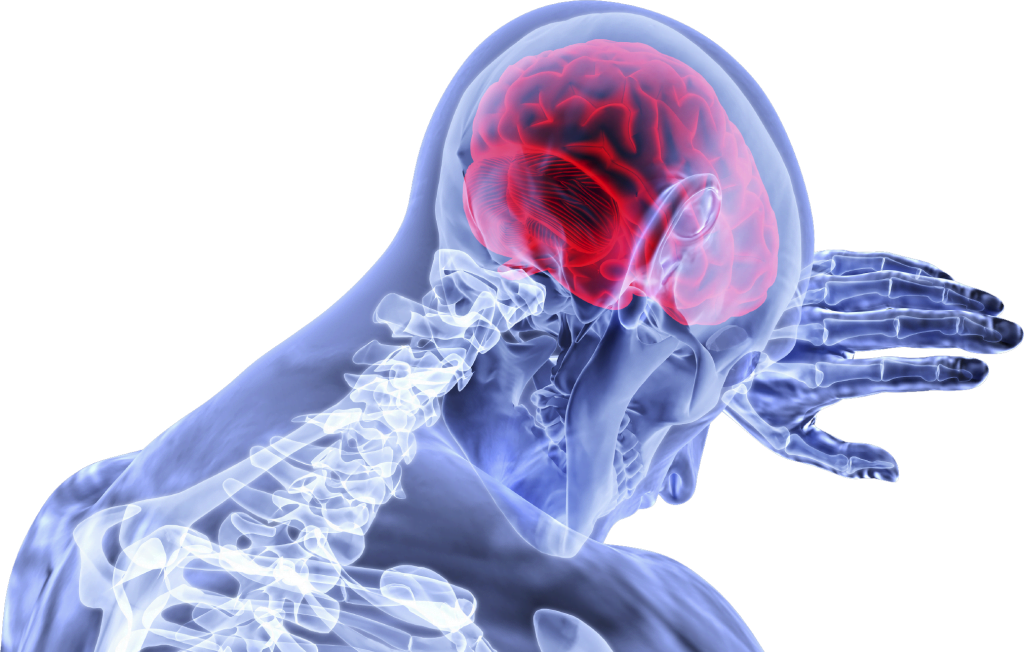Despite decades of advice to increase physical activity for the purpose of “burning calories” to aid in weight loss, millions of people conducting their own “n=1” experiments have found that exercise does not result in magical body fat loss. Lack of expected results from faithful efforts dedicating hours upon hours—for years—in gyms, on biking and running trails, and in swimming pools, only to be at the same weight as when they started, is downright demoralizing. Adding insult to injury, perhaps, is emerging data showing that exercise cannot counteract a poor diet. As they say, “abs are made in the kitchen,” and you cannot outrun a bad diet.
Nevertheless, while the effects of exercise on fat loss, specifically, may be disappointing, exercise is quite important for overall health and wellbeing. It strengthens the cardiovascular system, and the endorphin rush induced by intense exercise may serve as a natural anti-depressant. (Side-effects may include sweating, stronger muscles, and increased self-esteem!) Additionally, muscular contractions from physical activity are crucial for aiding the flow of lymph, which, unlike blood, has no dedicated pump, and only moves when we do.
One specific area of health exercise is proving beneficial for is cognitive function. With the baby boomer generation entering their golden years, and Alzheimer’s disease statistics growing ever more grim, concerns about healthy brain aging are coming to the forefront. Generally speaking, what’s good for the body is good for the brain, and exercise is no exception. Any type of activity may be beneficial, but according to recent research, moderate and higher intensity efforts may have a greater impact than light activity.
In a study that assessed the effects of exercise on cognitive performance, researchers determined that subjects with self-reported low levels of physical activity experienced greater declines in cognitive performance over time compared to subjects with self-reported higher levels of greater intensity exercise. A standard neuropsychological examination (NPE) was performed, with a repeat examination five years later. At the baseline NPE, low levels of physical activity were associated with worse executive function, semantic memory, and processing speed. (However, after adjusting for vascular risk factors, those associations became slightly attenuated and were no longer significant. Of course, vascular risk factors may be intimately tied to habitual exercise.) Compared to study participants who reported higher levels of physical activity, those who were cognitively unimpaired but reported low to no exercise at baseline declined more over time in processing speed and episodic memory, after adjusting for sociodemographic and vascular risk factors.
This shouldn’t come as a surprise. Exercise may help increase insulin sensitivity, and also aids in non-insulin mediated glucose disposal. A strong body of evidence indicates that Alzheimer’s disease and mild cognitive impairment are disorders of insulin resistance, so any intervention that increases insulin sensitivity may have the added effect of protecting and preserving cognitive function. The insulin-sensitive glucose transporters, GLUT4s, are expressed in brain regions involved in memory and cognition, such as the hippocampus. In particular, physical activity aimed at increasing and/or preserving skeletal muscle mass may be especially beneficial for facilitating healthy brain aging. According to a leading researcher in brain fuel metabolism and Alzheimer’s disease, “Skeletal muscle is the main site of insulin-mediated glucose utilization in the body and so declining muscle mass (sarcopenia) in the elderly may be a factor contributing to the increased risk of insulin resistance associated with aging.”
Moreover, exercise may help increase brain derived neurotrophic factor (BDNF), a protein associated with strong long-term memory and overall cognitive function. Higher expression of BDNF in the brain is associated with slower rates of cognitive decline in older adults. Beyond BDNF, one of the most significant effects of exercise is an increase in mitochondrial density. This was long known to occur in skeletal muscle, but it has also been confirmed to occur in the brain. The insulin signaling and glucose metabolism problems that underlie Alzheimer’s disease may be the end result of brain mitochondrial dysfunction. Therefore, interventions that improve mitochondrial efficiency, particularly in the brain, may be one way to target cognitive decline.
Exercise may not be a one-way ticket to an ideal body weight, but there are plenty of other reasons to lace up a pair of tennis shoes and get moving.

